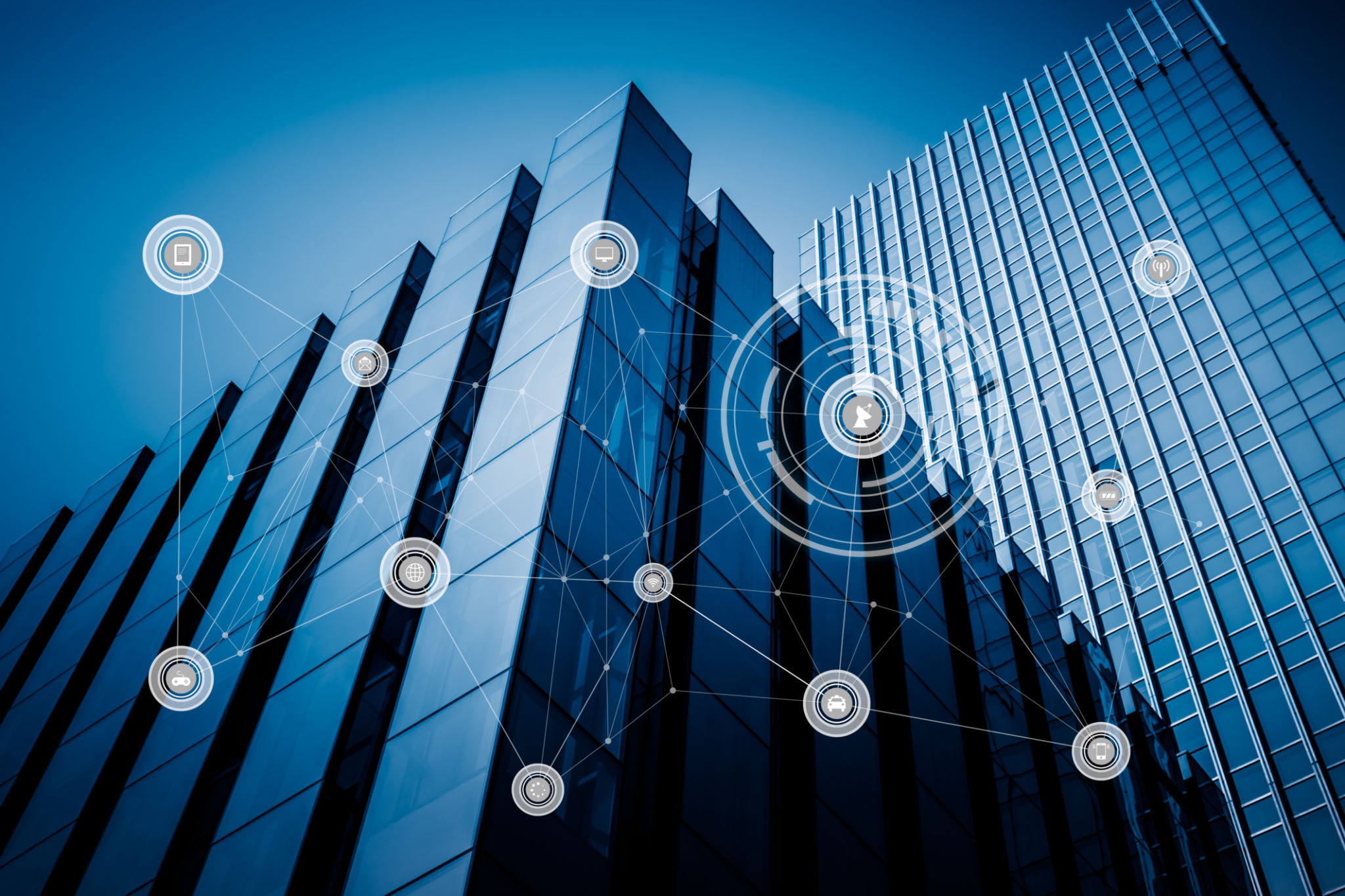The Future of Building Safety: Emerging Trends in AI Technology
The Role of AI in Enhancing Building Safety
As technology rapidly advances, the integration of artificial intelligence (AI) into various sectors is becoming more prevalent. One area where AI is making significant strides is in the field of building safety. By leveraging AI, we can anticipate and mitigate potential hazards, ensuring a safer environment for occupants and improving overall building management.
AI technology is transforming how we perceive and address building safety. With its ability to process vast amounts of data quickly and accurately, AI systems can identify potential safety issues before they become critical. This proactive approach is reshaping traditional safety protocols, offering a new level of assurance to building owners and tenants alike.

AI-Driven Predictive Maintenance
One of the most promising applications of AI in building safety is predictive maintenance. Unlike traditional maintenance schedules that rely on fixed intervals, AI-driven systems analyze real-time data from building systems to predict when maintenance is needed. This not only prevents unexpected equipment failures but also extends the lifespan of critical infrastructure components.
By implementing AI-driven predictive maintenance, building managers can ensure that systems such as HVAC, elevators, and fire alarms operate efficiently and reliably. This technology helps in reducing downtime, minimizing repair costs, and most importantly, safeguarding the health and safety of building occupants.
Enhancing Fire Safety with AI
Fire safety is a fundamental concern for any building. AI technology is playing a crucial role in enhancing fire detection and response systems. Advanced AI algorithms can analyze sensor data to detect anomalies indicative of a potential fire, such as unusual heat patterns or smoke levels, even before they reach critical thresholds.

In addition, AI-powered systems can streamline emergency response by providing first responders with critical information in real-time, such as the location of the fire and the safest evacuation routes. By facilitating faster and more informed decision-making, AI contributes significantly to reducing the impact of fire-related incidents.
Improving Security with AI Surveillance
Security is another vital aspect of building safety where AI is making a substantial impact. AI-enhanced surveillance systems utilize machine learning algorithms to monitor security cameras continuously. These systems can identify suspicious behavior or unauthorized access attempts in real-time, alerting security personnel immediately.
Moreover, AI can help in analyzing historical security data to identify patterns and potential vulnerabilities. This information enables security teams to deploy resources more effectively and implement proactive measures to prevent security breaches.

The Future of Smart Buildings
The future of building safety lies in the development of smart buildings that integrate various AI technologies seamlessly. These buildings will be capable of self-regulating their internal environments while ensuring maximum safety for occupants. From automated lighting and climate control systems to intelligent security networks, smart buildings will revolutionize how we live and work.
As we move forward, the collaboration between architects, engineers, and AI specialists will be crucial in designing buildings that are not only efficient but also inherently safe. The adoption of these advanced technologies promises to create environments that are responsive to human needs and resilient against potential threats.
Challenges and Considerations
While the benefits of integrating AI into building safety are apparent, there are challenges to consider. Data privacy and security are paramount when implementing AI systems that gather and analyze extensive data about building operations and occupant behavior. Ensuring that these systems are secure from cyber threats is critical.
Additionally, the transition to AI-driven safety solutions requires significant investment and a willingness to adopt new technologies. Building owners and managers must weigh the long-term benefits against the upfront costs and potential disruption during implementation.

Conclusion: Embracing AI for Safer Buildings
The integration of AI into building safety is not just a trend but a necessity for the future. By embracing these emerging technologies, we can create safer, more efficient environments that protect occupants and assets alike. As we continue to innovate, the possibilities for enhancing building safety through AI are limitless, promising a future where safety concerns are significantly minimized.
